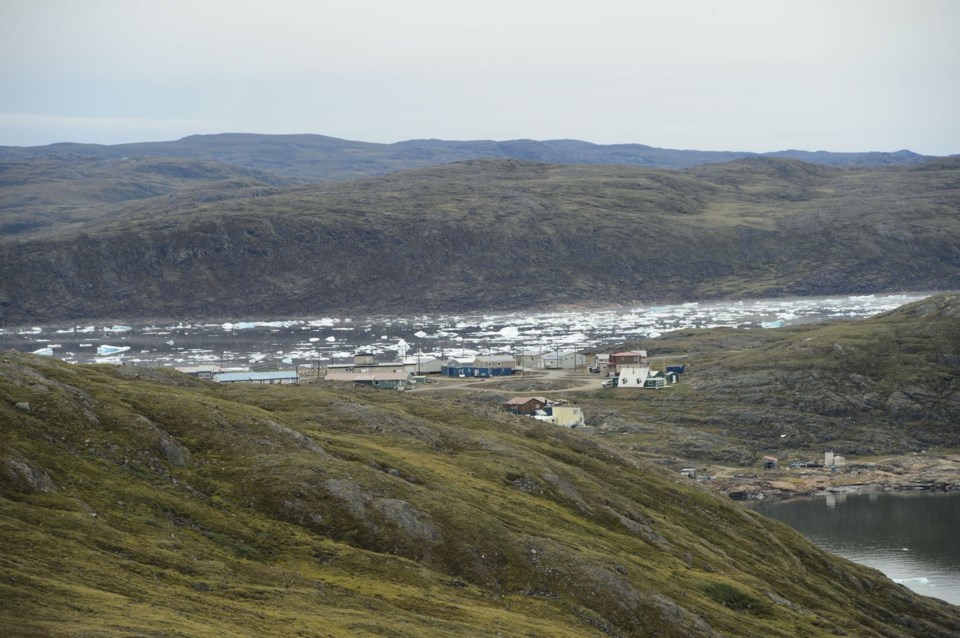A new study suggests regions of the Arctic tundra are now releasing more planet-warming gases than they absorb, upending a millennia-old trend.
The study published in academic journal Nature Climate Change suggests many tundra regions may have started to release more carbon dioxide than they absorb, calling it a "noteworthy shift in carbon dynamics."
The study suggests one of the main drivers of that shift could be thawing permafrost, frozen ground that covers almost half of Canada's land mass and in some areas has remained below zero Celsius for hundreds of thousands of years.
As permafrost thaws, long-dead plant matter begins to decompose and release planet-warming CO2 and methane back into the atmosphere, setting off a positive feedback loop that can further contribute to global warming.
The study says while the region comprised of the boreal forest and the Arctic increased how much carbon it can hold in its plants and soils from 2001 to 2020, about a third of the region had become a net source of carbon dioxide as permafrost thaws and soils dry out.
Yet, when the authors factored in emissions from wildfires, they suggested the Arctic-boreal zone, taken as a whole, no longer absorbed a statistically significant amount of carbon emissions.
Of the regions releasing more carbon than they absorb, the study suggests about 20 per cent are in Canada.
Sue Natali, one of the authors, says the study stood out for its pan-Arctic approach, combining satellite and field observations from an international team to come up with its expansive results.
"This is not something we can or should ignore," said Natali, a senior scientist at the Woodwell Climate Research Center, a Massachusetts-based non-profit.
While scientists have expected human-caused climate change to thaw permafrost and release CO2, Natali says it's surprising to already see signatures of that change.
"I think to be able to see it over such a large area – to detect it, to monitor it – is quite surprising, and it represents a shift in how this system is functioning," she said in an interview.
"And how this system is functioning is important, both for folks who live on permafrost, but also because these greenhouse gas emissions have global implications."
Human-caused climate change has already increased global temperatures, but that warming is happening several times faster in the Arctic, in part due to another feedback loop: melting sea ice. As sea ice melts, the exposed darker ocean water can absorb more heat, which causes more ice to melt and warms the planet.
As the Arctic warms, permafrost thaws. A 2021 report by an international group of scientists suggested that on humanity's current emissions trajectory, thawing permafrost could release emissions by the end of the century on par with some of the biggest greenhouse-gas emitting nations, such as the United States and China.
Yet, those emissions often go unaccounted for, Natali said. It could mean countries are underestimating how quickly they need to cut their direct emissions, such as from burning fossil fuels, in order to meet warming targets and avert some of climate change's most serious impact.
"If you're not doing the math properly... and you're ignoring permafrost emissions essentially the size of another nation, then you're not going to be able to stay well below two degrees Celsius or 1.5 degrees Celsius," she said.
This report by The Canadian Press was first published Jan. 21, 2025.
Jordan Omstead, The Canadian Press



